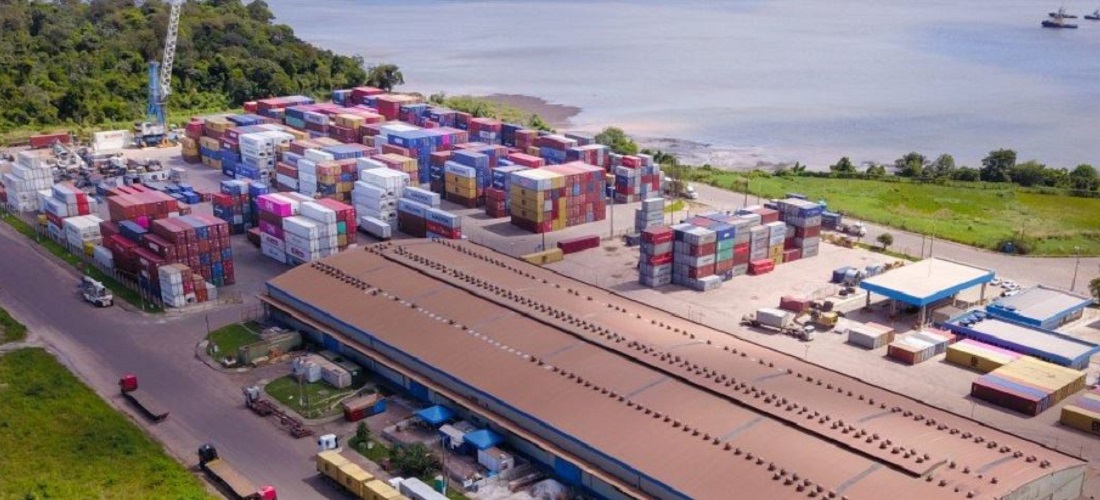
Brazil trade balance surplus reach USD 1.4 billion in July second week
Jul, 16, 2024 Posted by Gabriel MalheirosWeek 202429
The Brazilian trade balance recorded a surplus of $1.428 billion in the second week of July this year, according to data released on Monday (July 15) by the Foreign Trade Secretariat of the Ministry of Development, Industry, Commerce, and Services (Secex/MDIC).
During this one-week period, exports reached $6.527 billion, while imports totaled $5.099 billion, bringing the trade flow to $11.625 billion.
For the month, exports totaled $13.795 billion, and imports totaled $10 billion, resulting in a trade flow of $23.798 billion and a positive balance of $3.792 billion.
Year-to-date, Brazilian exports total $181.404 billion and imports $135.302 billion, with a surplus of $46.102 billion and a trade flow of $316.706 billion.
Daily averages for July, up to the second week, show a 2.4% growth in exports and a 4.4% increase in imports compared to the same period in July 2023. For the year-to-date comparison, daily averages grew by 1.4% for exports and 4% for imports.
Results by Sector
In July, up to the second week, the daily average of exports showed significant growth in various sectors compared to last year. The Extractive Industry led with a 6.9% increase, followed by the Manufacturing Industry with 1.1%, and Agriculture with 1%.
In the Manufacturing Industry, notable increases were seen in:
Semi-finished products, ingots, and other primary forms of iron or steel (152.5%)
Fresh, chilled, or frozen beef (33.3%)
Sugars and molasses (13.7%)
In the Extractive Industry, significant growth was observed in:
Iron ore and its concentrates (9.7%)
Copper ores and their concentrates (144.2%)
Precious metal ores and their concentrates (156.1%)
In Agriculture, key increases included:
Unroasted coffee (60.6%)
Raw cotton (155.3%)
Soy (2.8%)
Live animals, excluding fish or crustaceans (152%)
Fresh or chilled vegetable products (255.5%)
For imports, the daily average showed an increase of 11.7% in Agriculture and 5% in the Manufacturing Industry, while the Extractive Industry saw a decline of 3.6%.
-
Other Cargo
Aug, 31, 2023
0
Brazil’s MOP stock could exceed historical average due to import pace
-
Ports and Terminals
Oct, 19, 2022
0
Portonave acquires land near Port of Navegantes; understand
-
Blog News (ENG)
Jan, 06, 2023
0
Global mango market on track to grow 5% per year until 2029
-
Sugar and Ethanol
Jan, 06, 2020
0
Brazil sugarcane productivity rises 4.9%



